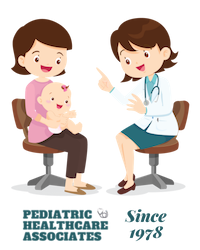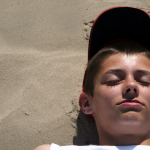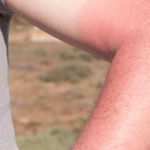Sunburn Myths, Facts, and Expert Pediatric Advice—How PHCA Altoona Protects Your Child’s Skin
Sunburn is more than just a temporary discomfort—it can have lasting effects on your child’s skin health. In this blog, we’ll explore common myths and facts about sunburn, share expert advice from PA pediatric professionals, and explain how PHCA Altoona supports families in preventing and managing sunburn.
Myth vs. Fact: Understanding Sunburn
Myth: “Only fair-skinned children get sunburned.”
Fact: Children of all skin tones can get sunburned. While fair skin is more susceptible, UV rays can damage any skin type. Your pediatrics health associates can provide personalized advice for your child.
Myth: “Cloudy days are safe for sun exposure.”
Fact: Up to 70% of UV rays can penetrate clouds, so sunburn can occur even on overcast days. Snow, sand, and water can reflect UV rays, increasing exposure.
Myth: “A little sunburn is harmless.”
Fact: Even mild sunburn increases the risk of skin damage and future skin cancer. Prevention is always better than cure.
How Sunburn Develops
Sunburn is an inflammatory reaction of the skin caused by excessive UV exposure. The redness, pain, and swelling typically begin four hours after exposure, peak at 24 hours, and start to improve after 48 hours. Most sunburns are first-degree burns, but prolonged exposure can cause blistering (second-degree burns) and, rarely, third-degree burns or scarring.
Managing Sunburn: What Works
For mild sunburn, home care is usually effective. Cool compresses, moisturizing lotions, and aloe vera can help soothe the skin. Ibuprofen, when started early, can reduce redness and swelling by blocking the inflammatory response. It should be given three times a day for two days, ideally before redness appears.
When to Call Your Pediatrician
Contact your medical pediatrics provider or schedule a pediatric appointment if your child experiences:
- Severe symptoms: Fainting, weakness, or a suspected life-threatening emergency.
- High fever: Above 104°F (40°C).
- Eye pain: Inability to look at lights.
- Signs of infection: Fever, spreading redness, or your child looks very sick.
- Pain and blisters: Severe pain, large or many small blisters, or blisters on the face.
- Swelling: Swollen feet that make walking difficult.
- Infection without fever: Draining pus, red streaks, or worsening pain after day two.
- Recurrent rashes: Itchy rashes in sun-exposed skin.
If you have questions or concerns, your associates in pediatrics and pediatric physician are always available to help.
Preventing Sunburn: Expert Tips
Prevention is the best way to protect your child’s skin. Use broad-spectrum sunscreen, dress your child in protective clothing, and seek shade during peak sun hours. For infants, consult your healthcare for infants provider for age-appropriate sun safety advice.
The Importance of Pediatric Care
Regular visits with your healthcare pediatric provider allow for ongoing education and support. PHCA Altoona’s team can help you develop a comprehensive sun protection plan and address any concerns about your child’s skin health.
For urgent needs, acute care pediatrics and same day sick appointments are available to ensure your child receives timely, expert care.
Additional Services
PHCA Altoona offers a range of services, including pediatric ear piercing in a safe, medical setting. Their medical pediatric and healthcare pediatric teams are committed to supporting your family’s health at every stage.
Protect your child’s skin with expert advice and care from PHCA Altoona. Schedule a pediatric appointment today and keep your family safe in the sun.
